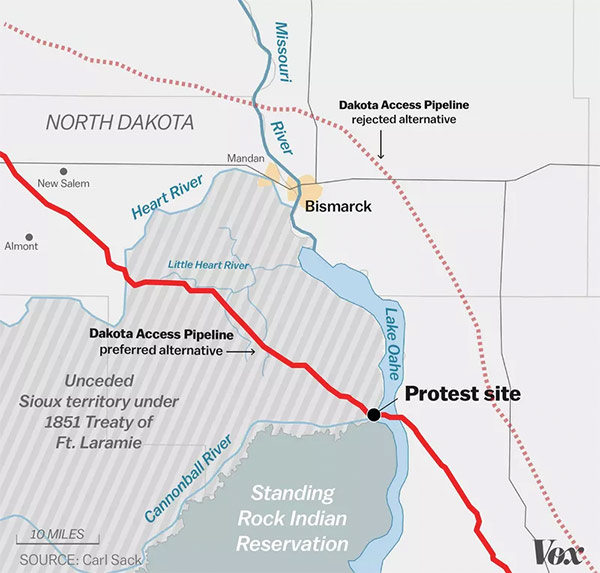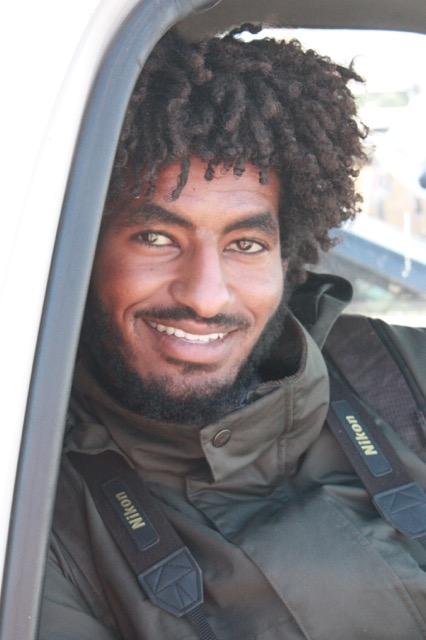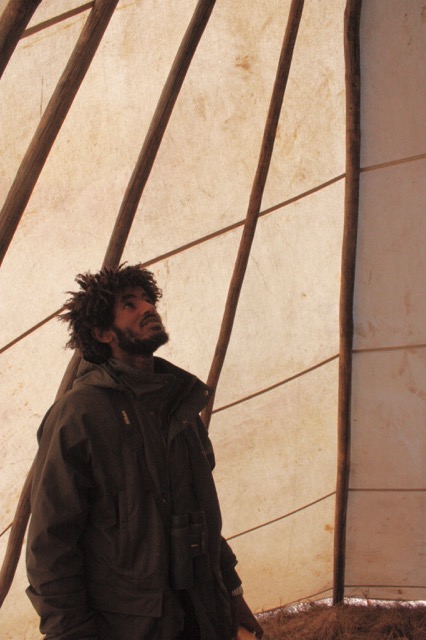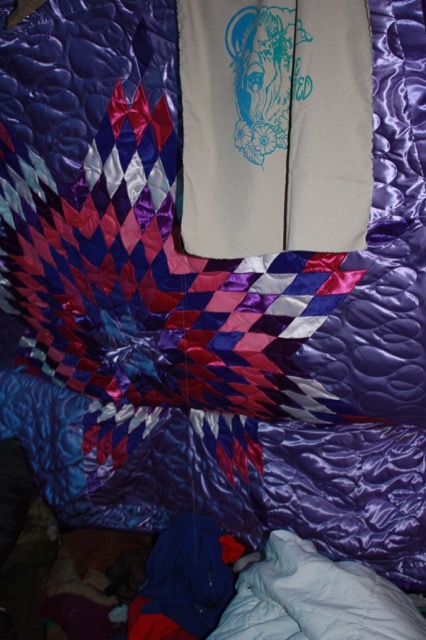OPINION: The Standing Rock Standoff… A Personal Perspective, Part Four
Read Part One
The breaking news yesterday morning was that Standing Rock Sioux Chair Dave Archambault II has asked the water protectors to leave the camp. The severe winter conditions – blizzard, sub-freezing cold, and high winds – is a good reason to ask them to leave.
But Archambault indicated through his statement that he is very optimistic that he can reason with Donald Trump, and that Trump will enforce the rerouting of the DAPL pipeline so that it will not go under Lake Oahe. Lake Oahe is a dammed part of the Missouri River, and it is the source of the Standing Rock Sioux’s water.
The water protectors are more skeptical than Chair Archambault, as am I. Leave the camp because of the severe weather, but don’t leave it with optimism that the water will be protected by the incoming Trump administration.
Energy Transfer CEO Kelcy Warren states unequivocally that the pipeline will not be rerouted, and that Trump will approve it. Warren states he’s followed all the rules and he has his permits. But according to this article, Energy Transfer has been given a great deal of latitude when it comes following the rules. The Standing Rock Sioux have been slighted.
After leaving Iktce Wichasa Oyate warriors Aidoneus Bishop and Frank Archambault, I noticed a young man tending to two dogs. He was also wearing the Iktce Wichasa Oyate armband, and a squawking radio. I hesitantly asked if I could take his picture, and he said, “Sure.”
He was soft-spoken, and his name was Senai. No he didn’t want to tell me his last name. Senai from V-A. V-A meant Virginia, and no he didn’t want to tell me where his hometown was in Virginia.
Then Senai became very interested in what type of camera I had, down to the model. I soon found out why. “I have the same camera as yours and the police took my backpack with my cell phone, my money, credit cards, and my camera battery charger, so I haven’t been able to take a picture in over a month.”
“Are they going to give it back to you?” I asked.
“Probably not.”
“But they didn’t take your camera.”
“It wasn’t in my backpack.”
“Did they arrest you?” I asked.
“No.”
“So what was their reason for taking those things from you?”
“They seized everything at our north camp, which is about two miles up the road,” he said.
“While you were there?”
“Yeah. It was on the 27th of October when they seized the whole camp and arrested about 100 people.”
That particular date was one of the most violent actions of the militarized police against the water protectors.
“Did they give a reason, or just because ‘we can’.”
“Just because ‘we can’.”
“Okay. I’m sorry to hear that.”
“It sucks,” summarized Senai.
Senai asked me to turn my recorder off, and asked if I had my battery charger with me. I told him it was back at my lodge room, and I’d be happy to take his battery with me, charge it, and return it to him the next morning.
That offer turned into a rather lengthy discussion about whethor or not he could trust me, or should trust me with his battery. I guess I finally convinced him that I was worthy of his trust, because he agreed to give his battery to me. But first he had to walk over to Rosebud Camp, on the other side of Cannonball River, to retrieve his camera at a camp over there. Rosebud Camp is on reservation property, so it’s safer to keep belongings at that camp.
I had planned to walk over to Rosebud Camp, so we decided to walk over together.
Senai was a great tour guide (even though he wouldn’t let me record him), and gave me a walking tour, pointing out various interesting people and places, and a historical perspective. To each of his friends he met, he announced, “She’s going to charge my camera battery! I haven’t been able to use my camera for a month.” He obviously missed his camera very much.
After a while, I’d also announce, “I have my own security guard to tour the camp!” I was amused. At one point however, after I took a photo of something I shouldn’t have, Senai got very serious. “You have to delete that photo.” I protested, and told him I’ll delete it later.
“Give me your camera.” And he deleted the photo. He has the same camera, so he did it quickly.
Then Senai went back to his teasing sense of humor and to being my tour guide. After retrieving his camera battery, he posed for a photo.
Senai asked if I wanted to see a tipi. I did, as I don’t think I’ve ever been in a real tipi. It was his friend’s and was not winterized yet.
Senai explained how tipis work, and why they are warm. After we exited the tipi, he started directing my photo shots, and his direction was spot on. I was laughing. I bet he’s a good photographer.
Senai came upon another friend, and introduced me as Cynda, the person who is charging his camera battery that’s been dead since October 27. The friend, Calvin, has a wigwam, and is from a Minnesota tribe that I can’t pronounce, and he couldn’t spell. He explained, “I’m not into the government crap, schools and that.”
“What’s a wigwam?” I asked.
Calvin, an act-alike and look-alike for Fred Sanford, invited me in.
It was huge, and more importantly it was extremely warm! Two young women were sleeping on cots in the back. I told Calvin, “You may not be into schools and that, but you sure know how to build one hell of a warm house.”
“Survival” was his one-word reply. Calvin said he was a supply runner, and would be leaving the camp the next morning to bring back supplies from Minnesota.
Senai and I walked back over the bridge to Oceti Sakowin Camp, all the while negotiating how to meet up the next morning so that he could retrieve his charged battery. We settled on Hunkpapa Hill, at 10 a.m.
We did meet up as planned, and Senai gave me a big hug of thanks as I handed him his battery. It felt good to help him out, and to be trusted. I said goodbye, to Senai of V-A.
Read Part Five tomorrow…










